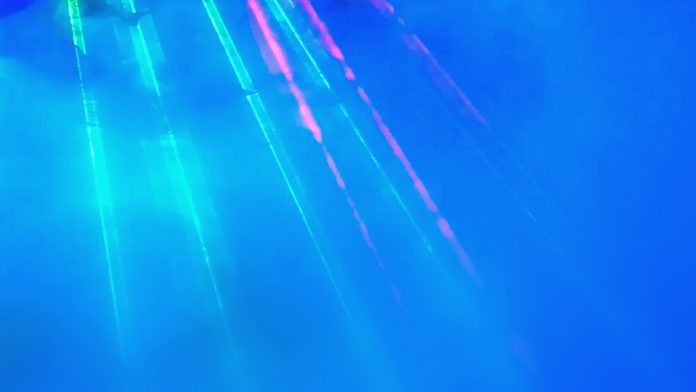A team of researchers at Institut national de la recherche scientifique (INRS) has discovered a cost-effective way of tuning laser wavelengths to infrared.
The INRS team developed this method, which is now the subject of a patent application. Many applications can benefit from laser wavelengths being tuneable in the infrared region, such as telecommunications, micro-machining, and bioengineering.
Luca Razzari, an associate professor at INRS, and Professor Roberto Morandotti, scientific leader of the Ultrahigh Speed Light Manipulation Laboratory at INRS, have demonstrated that large wavelength tunability can also be achieved using a hollow-core (capillary) fibre filled with nitrogen. This approach readily delivers optical pulses shorter than those of the input laser and with high spatial quality.
Hollow-core fibres are filled with a monatomic gas such as argon to symmetrically broaden the spectrum of the laser and then recompress it into a much shorter optical pulse. The research team discovered that by using a molecular gas such as nitrogen, spectral broadening was still possible, but in an unexpected manner.
“Rather than spreading symmetrically, the spectrum was impressively shifted toward less energetic infrared wavelengths. This frequency shift is the result of the nonlinear response associated with the rotation of the gas molecules and, as such, it can be easily controlled by varying the gas pressure (i.e., the number of molecules) in the fibre,” explains Dr Riccardo Piccoli, who led the experiments in Razzari’s team.
Once the laser wavelengths are broadened towards the infrared, the researchers filter theoutput spectrum to keep only the band of interest. With this approach, energy is transferred into the near-infrared spectral range in a pulse three times shorter than the input, without any complex apparatus or additional pulse post-compression system.
The international team believes the method could very well meet the increasing demand for long-wavelength ultrafast sources in laser and strong-field applications, starting with less expensive industrial-grade tuneable systems based on the emerging ytterbium laser technology.









